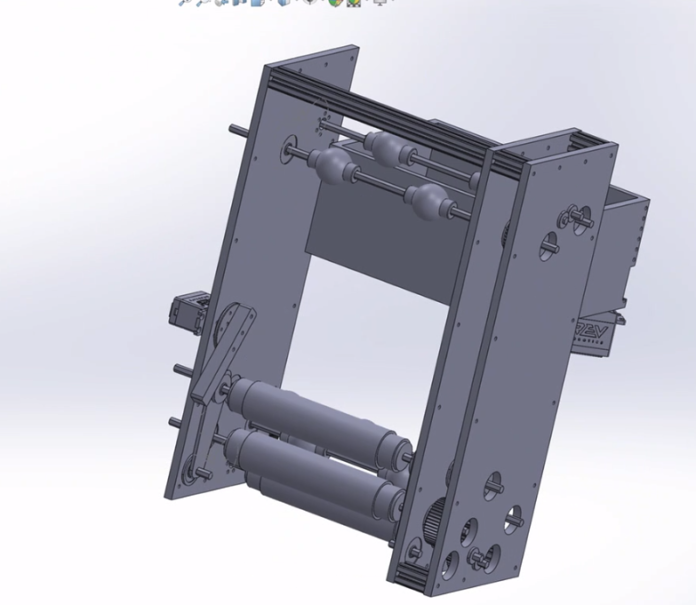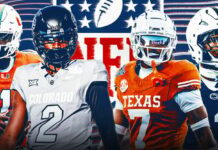As the crackling sounds of a saw fill the background, the robotics team members prepare for the challenges that lay ahead. The FRC (First Robotics Competition) team and the FTC (First Tech Challenge) prepare themselves to attend tournaments and win more competitions as a team. This competition requires intense preparation, and going from last semester and continuing into this year, the teams have been nothing but that.
COVID-19
Adding onto these challenges is the pandemic due to COVID-19, the tournaments and many other facets of robotics had to change, but even more difficult is the difficulty in cooperating efficiently between online and in-person students. However, by splitting up the work, with the online students working on one part of the robot while those in-person engage in more physical activities, the teams have achieved a harmonious balance when preparing for the contest. The online members usually focus on 3-D Modeling while the in-person members work on constructing the physical robot.
Upcoming Contest
As the Robotics tournaments for both FTC and FRC approach, the intensity has only been increasing. As in most competitions, the teams will start in the local tournaments, and as they progress and win more rounds, they have a chance of getting into the state and possibly even national tournaments. It has been done before by a past Jesuit team. Tasks in this year’s FTC tournament include picking and dropping disks and shooting balls onto certain targets. There is both a manually controlled period and an autonomous period during a round. During the manually controlled session, members own the robot with controllers, but the robot relies solely on its programming during the autonomous period.
Unlike last year, due to the pandemic, the FRC challenge is the same, although the FTC’s is different. Regardless, both competitions have similar games and rules to win, and both our teams have been giving it their all.
The goal of both teams is to make a robot and perform several tasks with it. There are other numbers of points for different jobs, and the more points you have increases your chance of winning. There are alliances between the teams from different schools who work together by having their robots finish the task together. There are numerous rounds played through a single tournament, giving everyone to best chance to advance into the next more competitive rounds.
After interviewing Saikrishna Gujjarlapudi ’23, he stated that “this year we are modeling everything,” meaning that the teams are using Solid Works, a Computer-Aided Design software where the parts of the robot can be three-dimensionally modeled. This will undoubtedly make it easier to construct the robot, creating a whole sketch of the robot before building it. As the season “is close to the beginning,” said Saikrishna Gujjarlapudi ’23, much more work has to be done to ensure the groups’ success, but he is confident that we get favorable results.
Also, when asking Liam Stilllings ’23 how he thinks we would do, he stated that “he thinks we’ll do good.” The whole robotics team has been working diligently to create the best robot possible. As a robotics team member myself, I have appreciated the level of confidence and determination everyone has put into making this the best year likely.
Stay tuned to The Roundup for more news about the FRC and FTC Robotics teams!






